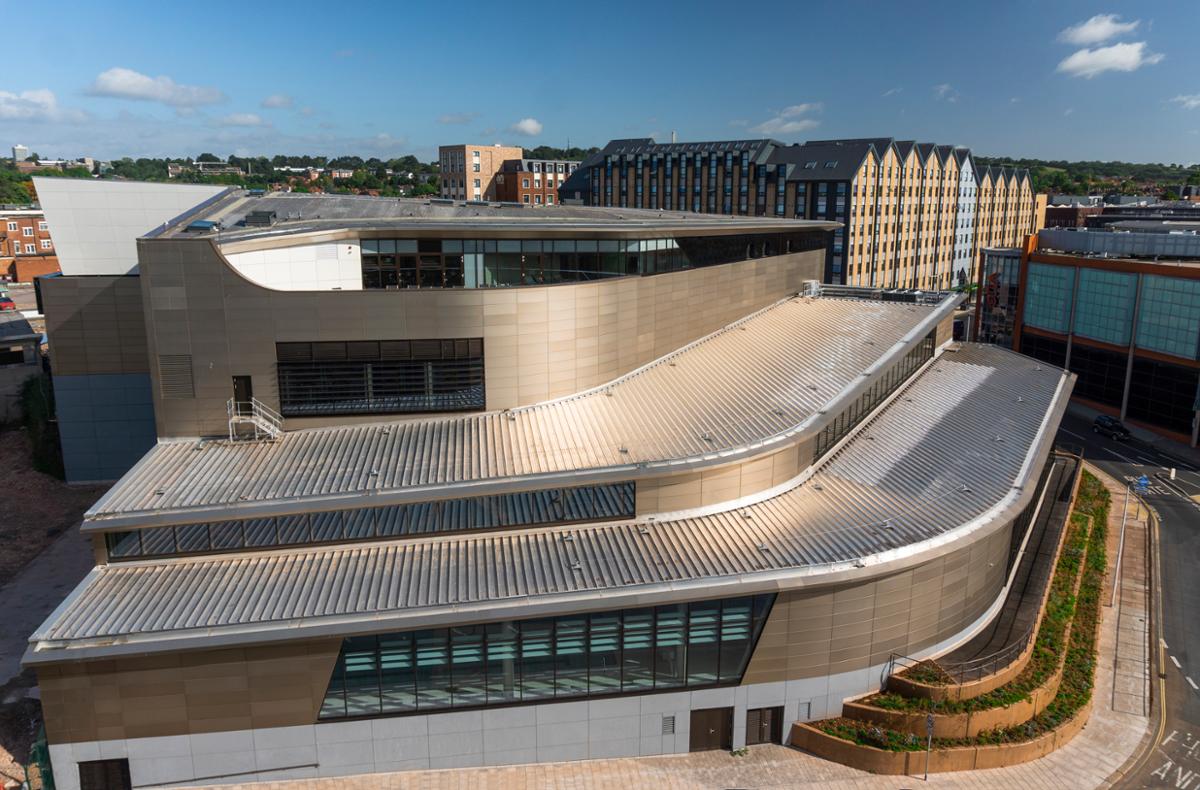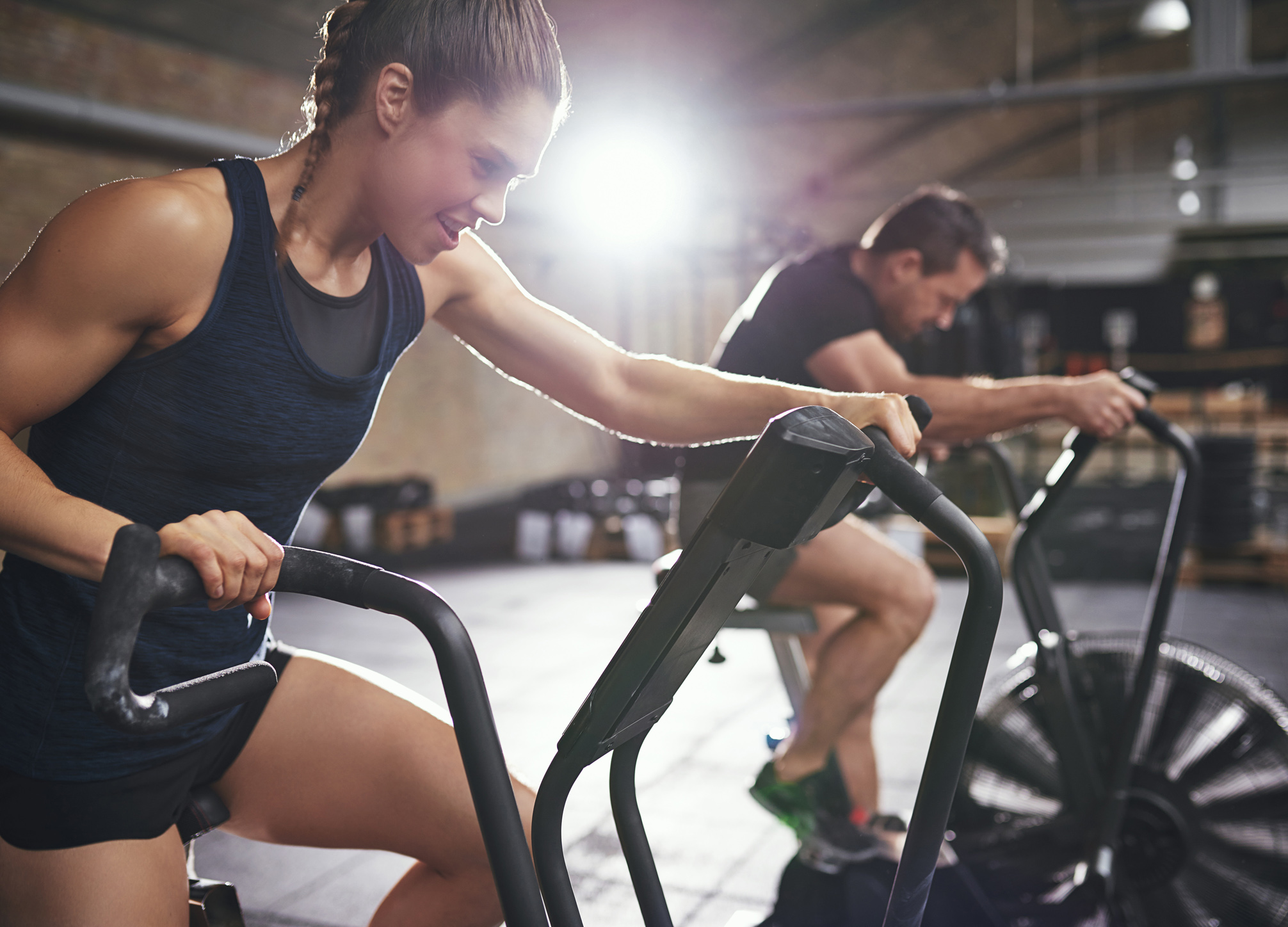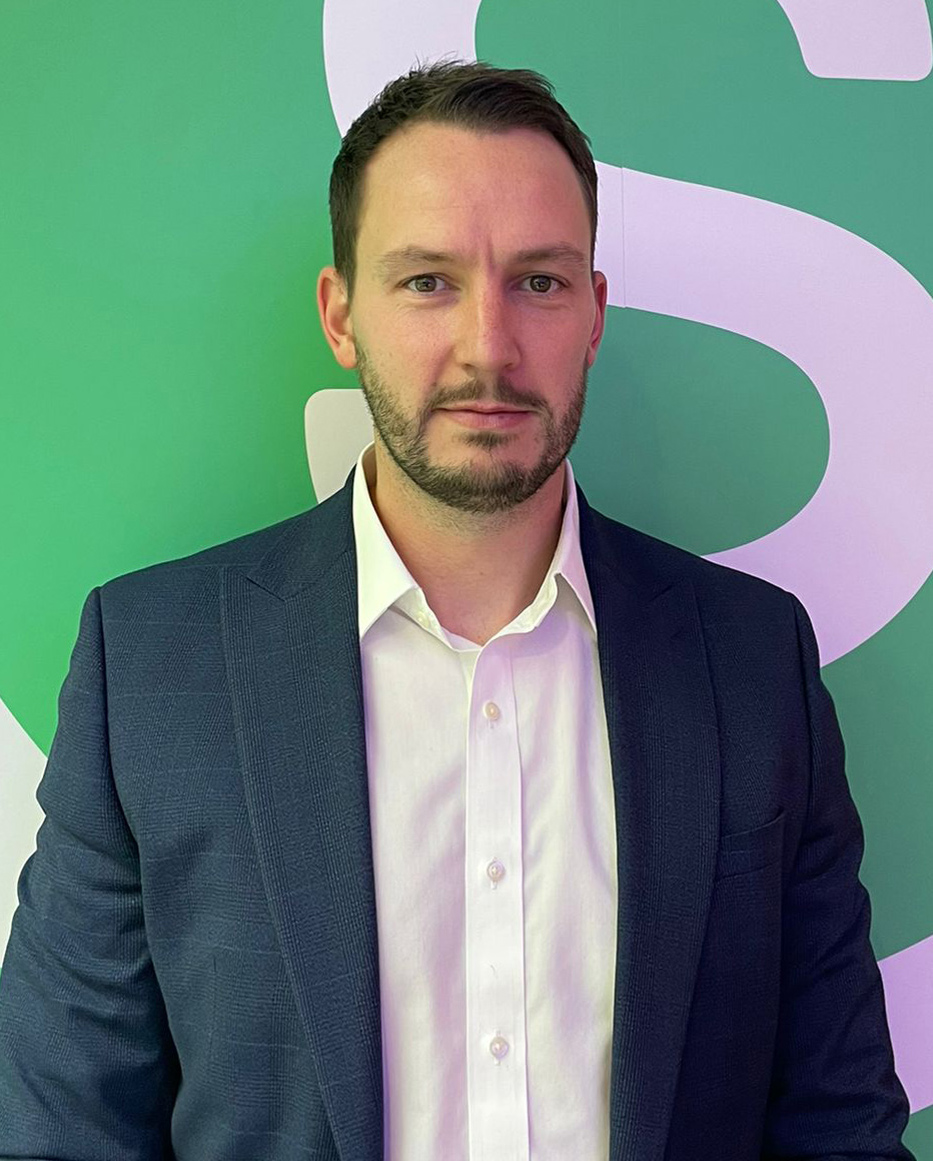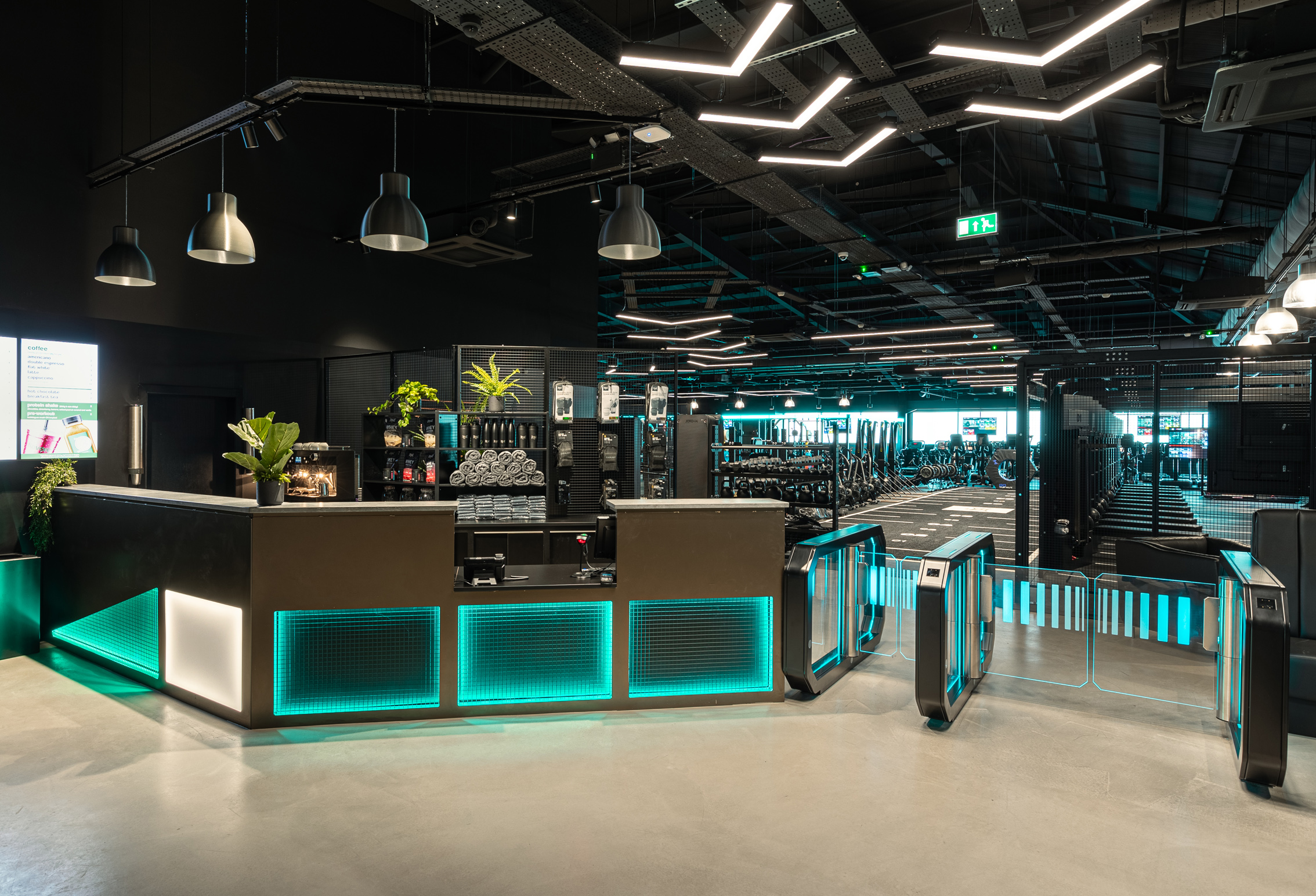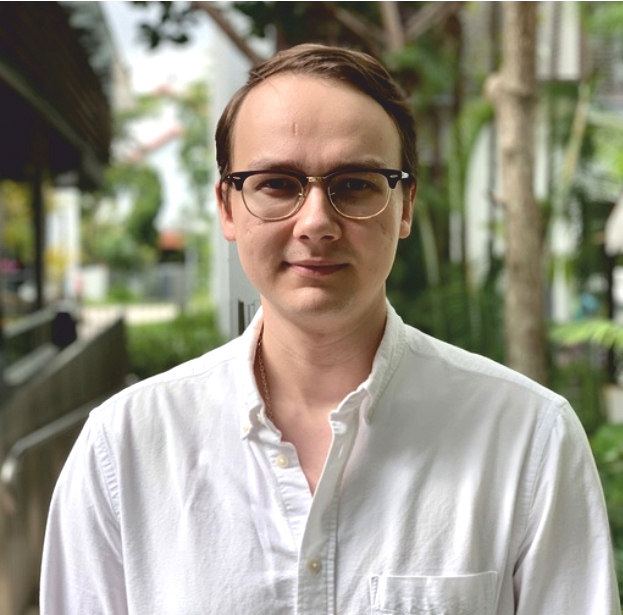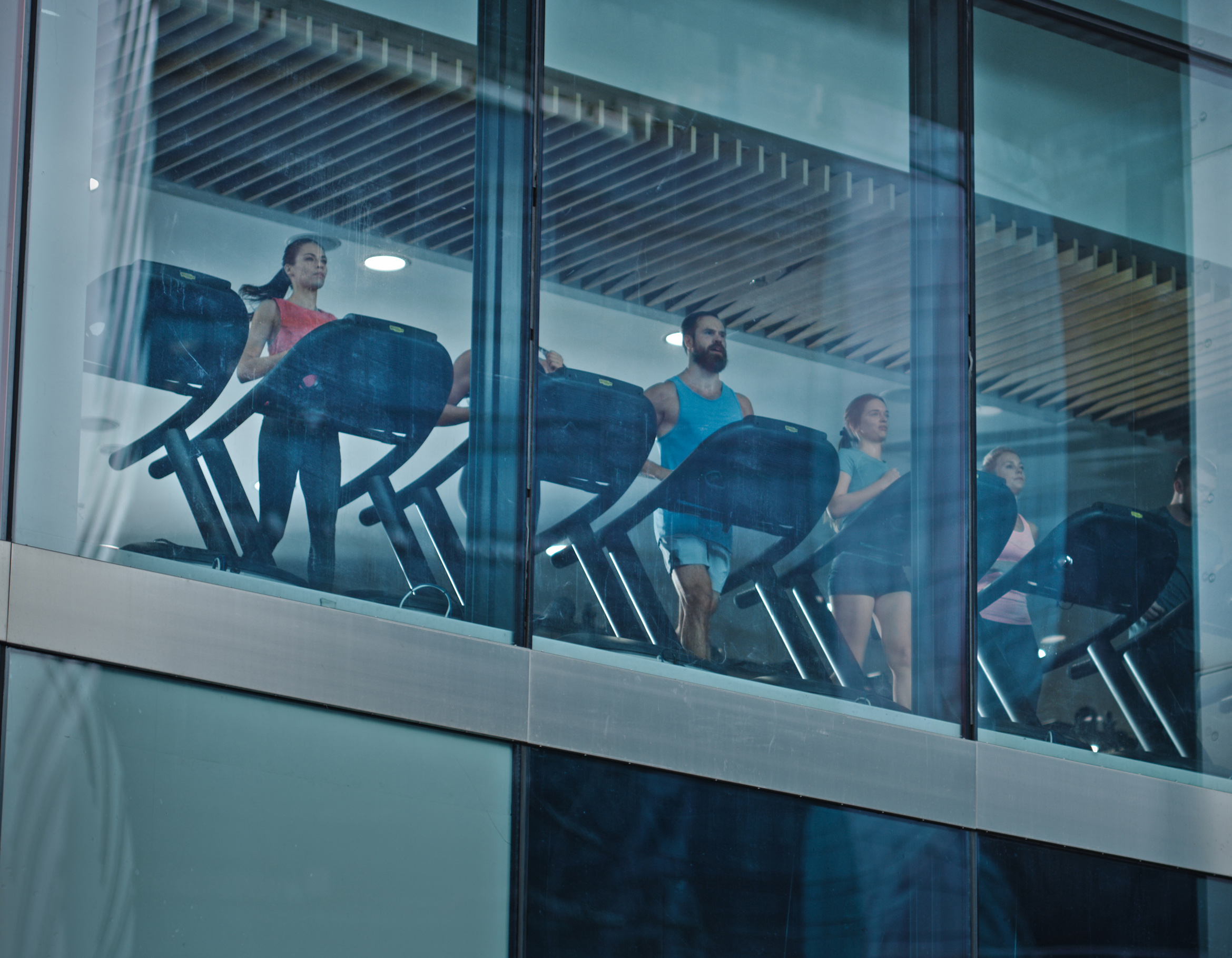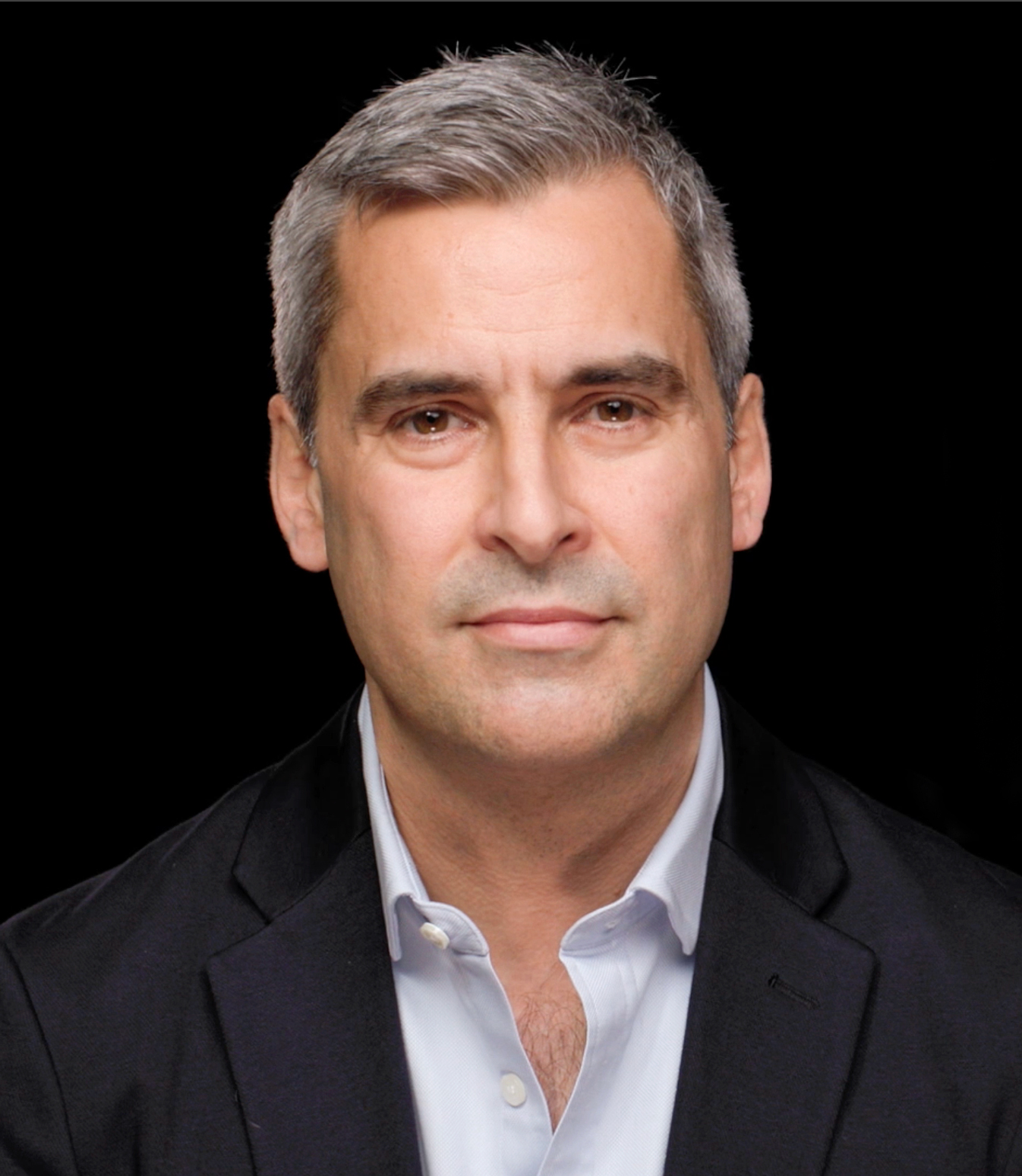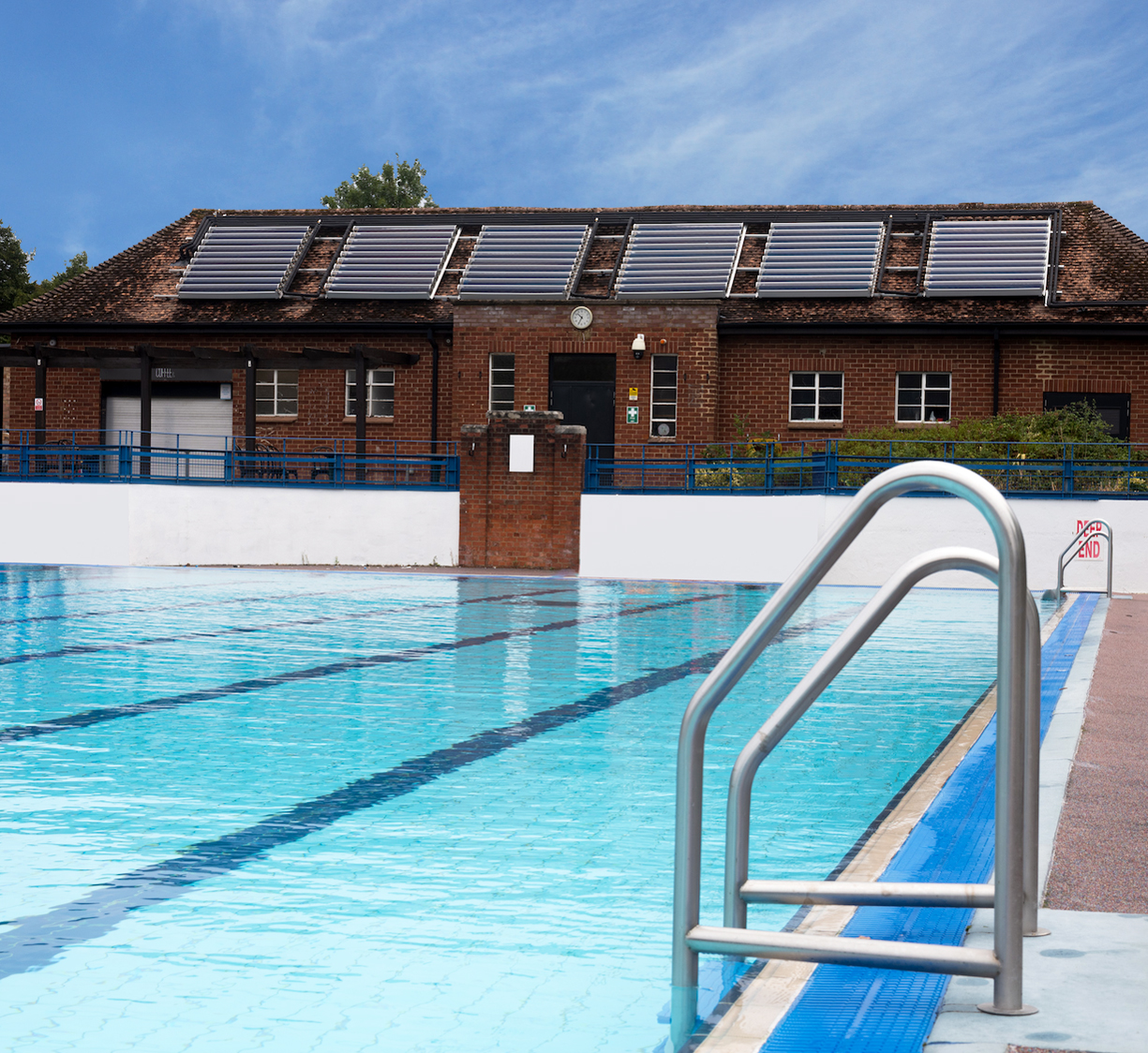The time for action on energy has definitely arrived if more facility closures are to be avoided. Government support is a sticking plaster over a problem which won’t go away any time soon and although the wholesale price of gas is now falling, this trend will take a while to filter through to the markets. In the meantime, volatility in the sector and skyrocketing prices are making green options more attractive than previously.
Exeter City Council has set a benchmark with its St Sidwell’s Point Passivhaus leisure centre, a standard which the rest of the industry should aspire to for new builds, while other local authorities are investing in reducing carbon use with green energy tech.
After an £89,000 investment in a solar thermal system to heat the swimming pool at Easton Leisure Centre, Bristol City Council and Everyone Active are looking to do more installations across the city, and Everyone Active is speaking to other partners about similar projects. Sustainability manager, Peggy Lee, says the solar thermal system reduced the centre’s reliance on gas to zero in the summer and lowered energy costs and carbon emissions overall throughout the year.
If investment of this level isn’t feasible for you at the moment, there are still alternative actions that can deliver savings. We ask the experts for more insights.








